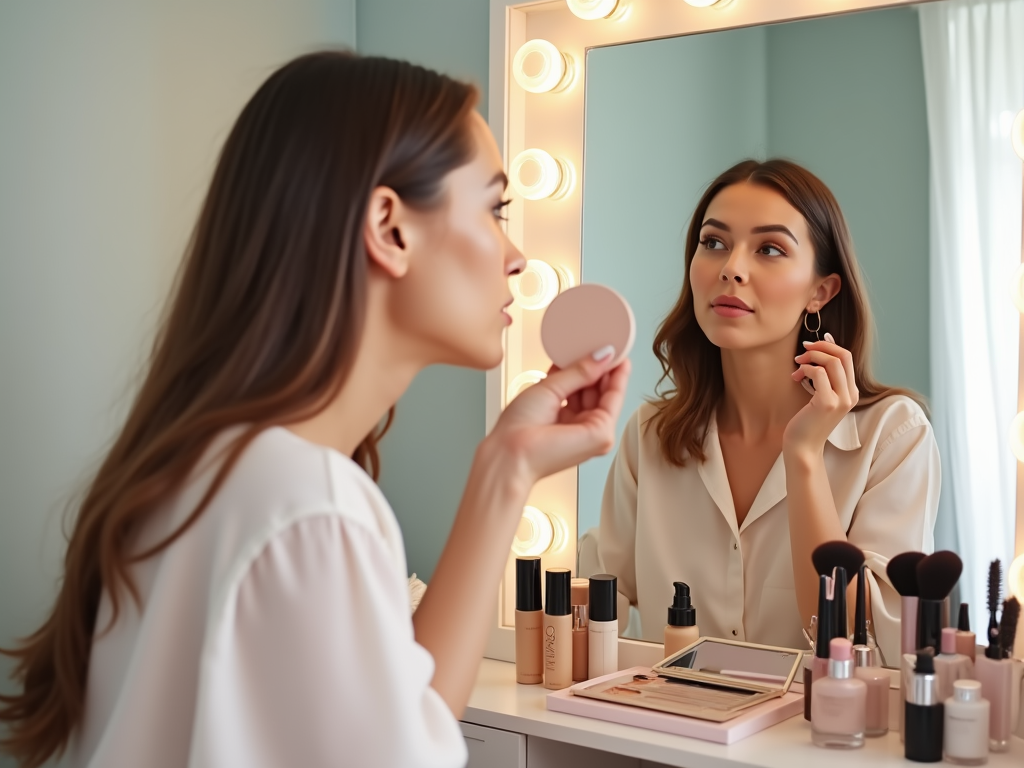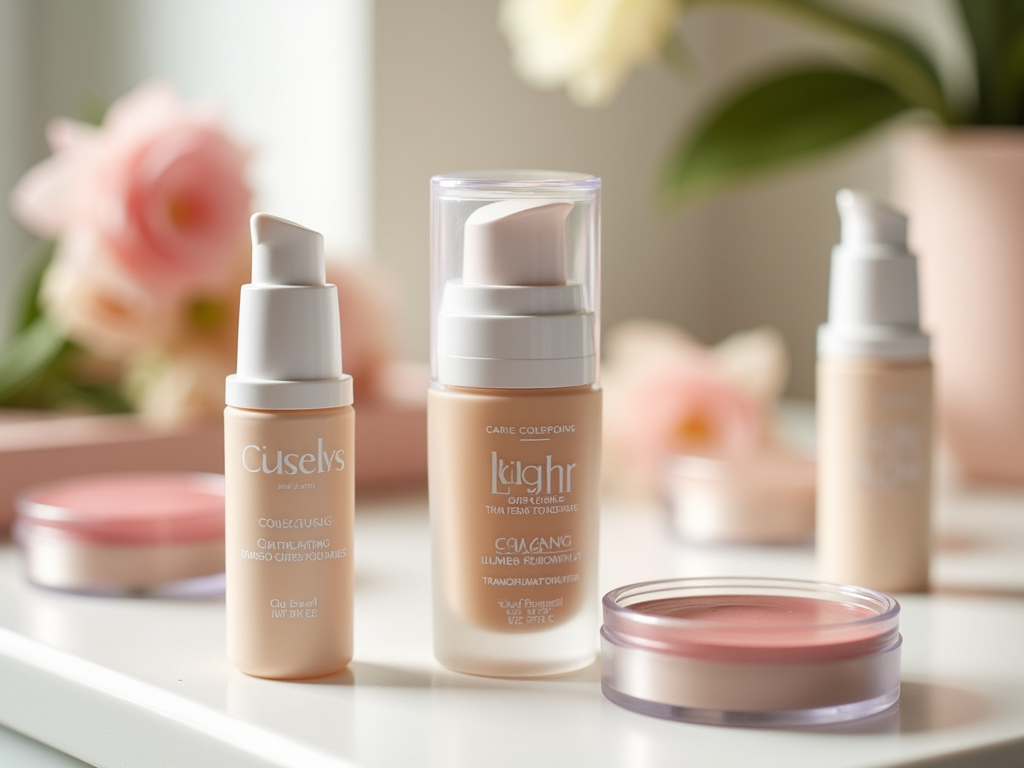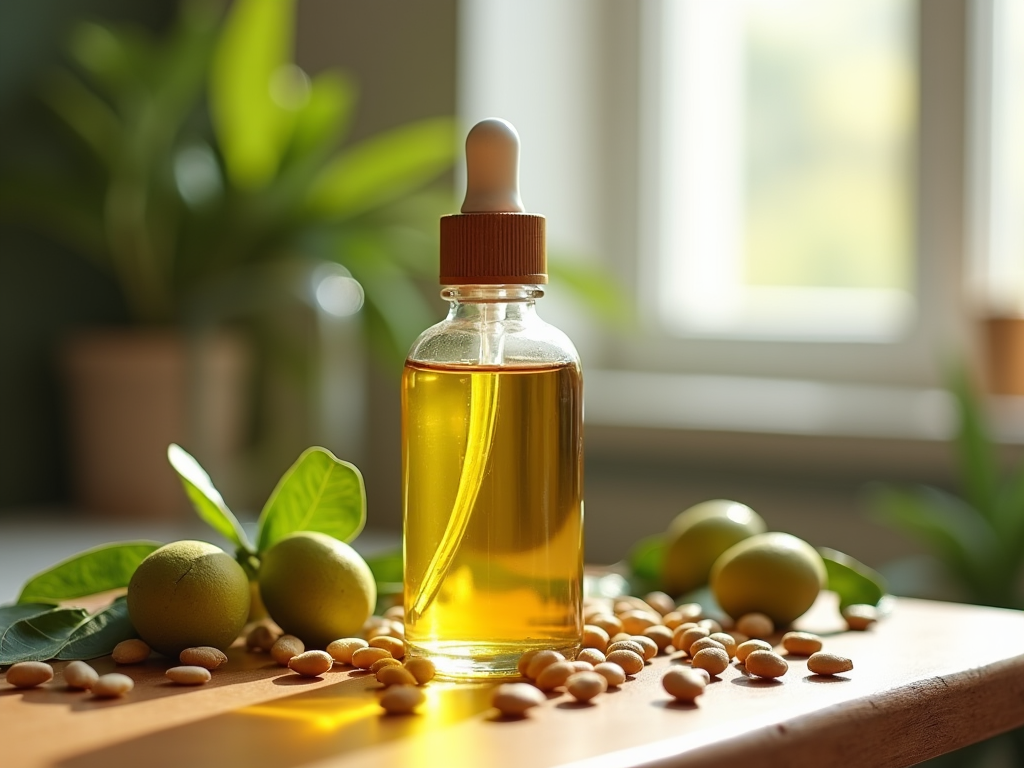
How To Do Makeup for Oily Skin: 5 Shine-Reducing Tips
For those with oily skin, finding the right makeup routine can be quite a challenge. The primary goal is to create a flawless look while minimizing shine throughout the day. This article will explore five effective tips designed specifically for oily skin types, ensuring you can achieve a long-lasting matte finish without constantly having to touch up. With the right products and techniques, you can enjoy beautiful makeup that lasts all day.
1. Start with a Clean Slate: Prepping Your Skin

The foundation of a successful makeup application lies in preparing your skin properly. Oily skin often leads to excess sebum production, which can make makeup slide off throughout the day. Begin with a gentle cleanser that effectively removes oil but doesn’t strip your skin of essential moisture. After cleansing, it’s important to apply a lightweight oil-free moisturizer to keep your skin hydrated without adding excess shine. Finally, do not skip on a mattifying primer; it helps to create a barrier between your skin and makeup, absorbing excess oil throughout the day.
2. Choose the Right Foundation

Selecting the right foundation is crucial for oily skin. You want a formula that provides good coverage while controlling oil and shine. Look for foundations labeled as “matte” or “oil-free,” and avoid those that contain heavy oils or emollients that could increase shine. Here are some pointers to keep in mind:
- Opt for a long-wear foundation to ensure your makeup stays in place even in humid conditions.
- Consider mineral foundations, which can absorb oil while still providing an even coverage.
- Test products before committing; often, high-end brands offer samples.
Applying your foundation with a damp makeup sponge can also assist in achieving a natural finish while minimizing excess product application.
3. Set It and Forget It: The Power of Setting Powder
Once your foundation is in place, setting it with a translucent powder is essential for controlling shine. A good setting powder will not only lock in your foundation but also help absorb any excess oil that may come through during the day. Here are some tips for the best application:
- Use a fluffy brush to lightly dust powder over areas that tend to get oily, focusing on the T-zone.
- Apply powder sparingly; too much can result in a cakey look.
- Consider using a setting spray after applying powder to enhance longevity and achieve a natural finish.
This step is vital in ensuring that your makeup stays matte for hours, particularly in humid conditions.
When it comes to adding color to your cheeks, powder products are your best friend. Cream blushes and bronzers can add excess shine, which may be counterproductive for oily skin types. Opt for matte powder formulations to maintain the beautiful finish without creating additional gloss. Consider the following when selecting and applying your blush and bronzer:
- Choose a soft, natural shade that enhances your features without overwhelming your complexion.
- Use an angled brush to apply bronzer to the hollows of your cheeks and along your jawline for a sculpted look.
- Apply blush to the apples of your cheeks and blend seamlessly to avoid harsh lines.
Remember to set these products with a light translucent powder to lock them in place and further reduce shine.
5. Finish with Eye and Lip Products
When choosing eye makeup, consider waterproof and smudge-proof formulas to avoid any running or creasing caused by oil. Opt for a matte eyeshadow palette to keep your look cohesive and oil-free throughout the day. Here are a couple of pointers for your eye and lip makeup:
- Use a good quality primer on your eyelids to prevent eyeshadow from fading.
- For lips, avoid overly glossy finishes; instead, a matte lipstick or a tinted balm provides color without added shine.
- Setting sprays can also be used to finalize your makeup application and keep everything in place.
These small adjustments can greatly improve how your makeup wears on oily skin, providing a polished look that lasts all day.
Conclusion
Achieving a flawless makeup look on oily skin may seem daunting, but with the right techniques and products, it is entirely possible. By focusing on proper skin preparation, selecting the right foundation and setting products, and choosing appropriate color cosmetics, you can achieve a beautiful matte finish that holds up throughout the day. Remember, the key is in the details—don’t be afraid to experiment with different products and techniques until you find the perfect routine that works for you!
Frequently Asked Questions
1. Can I use cream products on oily skin?
Yes, but it’s best to select powder formulations over cream products. If you prefer creams, consider using mattifying products and setting them properly to prevent excess shine.
2. How often should I touch up my makeup when I have oily skin?
It depends on your skin type, but most people with oily skin can benefit from a touch-up every 3-4 hours, especially in the T-zone area, using blotting papers or setting powders.
3. Are mattifying primers suitable for all skin types?
While mattifying primers are ideal for oily skin, those with dry or combination skin should opt for hydrating primers to avoid exacerbating dryness.
4. Is setting spray necessary for oily skin?
Using a setting spray is highly recommended as it helps to lock in your makeup and can control shine throughout the day, providing a smooth finish.
5. What should I look for in a foundation for oily skin?
Look for foundations labeled as “matte” or “oil-free,” with long-wear formulas that provide coverage while controlling oil and shine.

